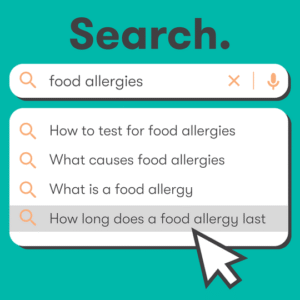
If you’ve recently undergone a tooth extraction or another dental procedure, you may be dealing with soreness and swelling, and wondering about your next steps. It’s completely normal to feel anxious about what you can eat during this time. The good news? Eating the right foods and staying hydrated can significantly speed up your recovery.
By selecting soft, nutritious meals and ensuring adequate hydration, you’re equipping your body with what it needs to heal effectively. This article will cover gentle food options for the initial days of your dental recovery, why the third day may be particularly difficult, how long it typically takes to resume a normal diet, and how nourishing foods can assist in your healing process.
Choosing Soothing Foods to Aid Your Recovery
During the first few days post-procedure, focus on soft, easy-to-consume foods that require minimal chewing. Smoothies made with yogurt and soft fruits like bananas or berries can go down easily and are packed with vitamins. A warm bowl of pureed vegetable soup or mild chicken broth is not only comforting but also hydrating and easy to swallow.
Gentle protein sources such as scrambled eggs, cottage cheese, or mashed avocado can provide energy and support tissue repair without irritating your gums. Simple options like well-cooked oatmeal or creamy mashed potatoes can nourish you and help maintain your strength daily.
Recognizing and Managing Day-Three Discomfort
The third day may feel tougher than the first two, which is perfectly normal. By this point, the anesthesia has usually worn off, exposing any discomfort fully, and your body might peak in swelling, causing additional pain.
Although it can be disheartening to feel more discomfort just when you thought you were improving, it’s often a sign that your body is actively healing. Stick to gentle foods, take it easy, and remember that this discomfort should start to diminish soon.
Gradually Transitioning to Your Favorite Foods
After about a week, you might feel ready to begin introducing semi-solid foods into your diet. Start with still-soft but more substantial options like mashed potatoes with gravy or well-cooked pasta. If these are comfortable, you can add tender fish or shredded chicken, along with soft-cooked vegetables, chewing cautiously on the opposite side of your mouth if necessary.
By two weeks, most individuals can return to their regular diets, though everyone heals at their own pace. Continue to avoid anything too crunchy, chewy, or spicy until you’re completely pain-free, and always listen to your body—if something causes pain, give it more time.
Nourishing Your Body for Efficient Healing
Food acts as fuel for recovery. Your body is busy building new tissues and combating inflammation, requiring extra energy and nutrients. Protein is vital as it provides the amino acids necessary for repairing gums and bone. Soft protein sources like yogurt, scrambled eggs, or mashed beans in soups can promote this repair process.
Additionally, vitamins and minerals from fruits and vegetables (like pureed sweet potatoes or blended berry smoothies) bolster your immune system and support collagen production needed for tissue binding.
Even if you’re only able to consume small amounts, aim to include some protein and colorful vegetables at every meal; every nutrient plays a role in your recovery. Foods rich in vitamin C (such as berries and citrus fruits) assist in collagen formation in your gums, while minerals like zinc (found in beans and seeds) enhance your immune response.
Preventing Common Dental Complications After a Procedure
Dentists emphasize the importance of being cautious in the first few days following any dental procedure to avoid complications due to improper aftercare.
While you’re focusing on managing discomfort, this is also when you’re most susceptible to complications, and the last thing you want is to find yourself back in the dental chair for an emergency visit.
One of the most preventable problems is dry socket, particularly following tooth extractions. This occurs when the protective blood clot dislodges prematurely, exposing nerves and bone to air and food, leading to pain and delayed healing.
To avoid this, refrain from using straws, forceful spitting, or smoking, all of which create suction that can dislodge the clot. Instead, start gentle rinsing with warm salt water from day two onward (unless otherwise advised by your dentist) and avoid disturbing the area with your tongue or toothbrush.
It’s also important to maintain oral cleanliness without being aggressive. Use a soft-bristled toothbrush to clean around the surgical site, but do not brush directly on it, and proceed with care. Rough brushing or excessive rinsing can aggravate the area. While it might be tempting to inspect your healing in the mirror or poke at the site, it’s vital to resist this urge. Irritation can trigger swelling or infections.
Increased swelling after day three, severe throbbing pain, or a foul taste in the mouth could be early indicators of infection. If you experience any unusual symptoms, don’t hesitate to contact your dental practice immediately. Early intervention is much easier than managing a full-blown dental emergency.
Ultimately, successful recovery hinges on respecting your body’s healing timeline and avoiding the temptation to rush back to regular habits too quickly. By providing your mouth with a calm, clean environment and nourishing it from within, you’re not only expediting your recovery, you’re also safeguarding the results of your recent procedure. Consistent, gentle practices are what will make the most significant impact on your dental healing.








